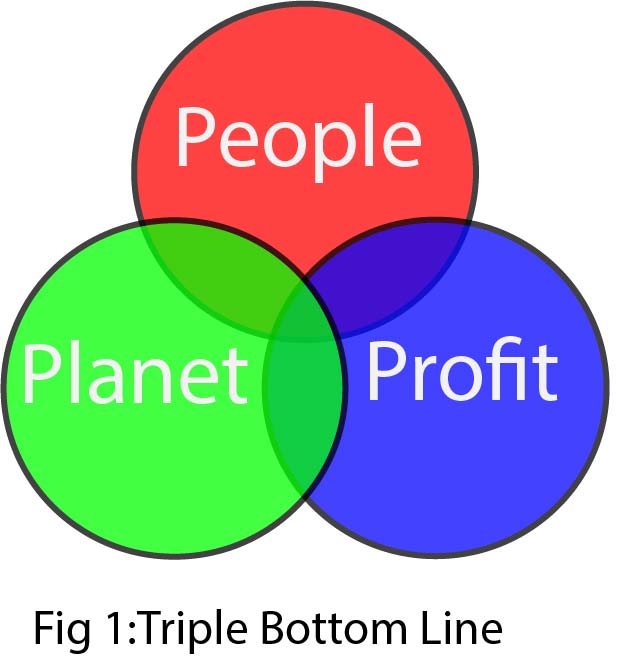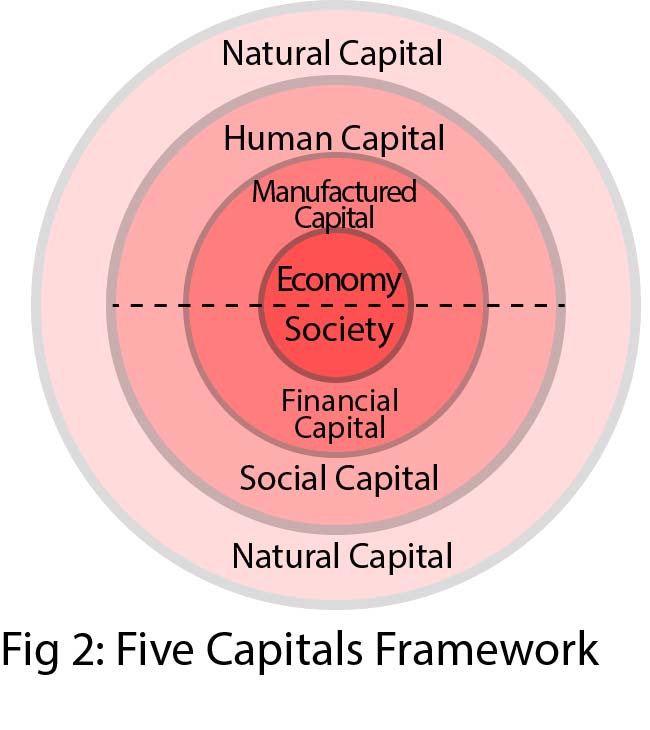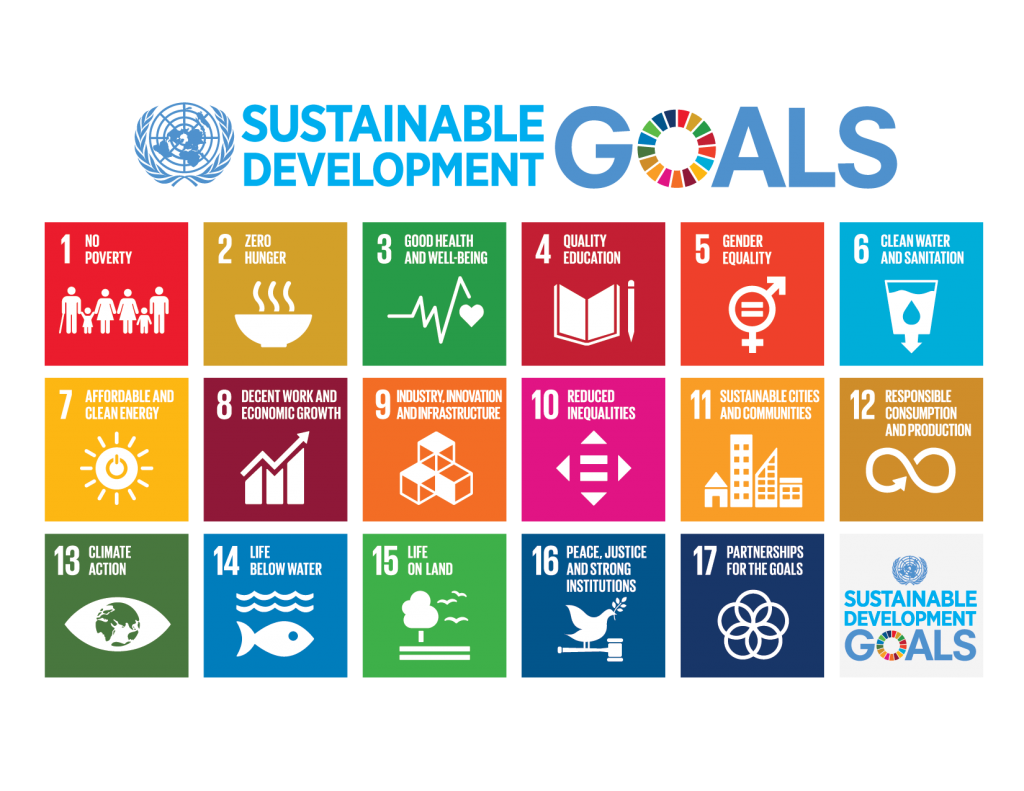OK, so having finished an MSc in Energy and Sustainable Development I wanted to put my new found knowledge together with my previous business experience to really make a positive difference to the one planet we have. I pondered where to put most of my efforts. Should it be at a practical local level, picking up litter from nearby footpaths? Or at a macro level, supporting groups driving government policy and the big picture? Maybe somewhere in between, helping others to make a practical difference too? With a multitude of different messages from different organisations, it’s a confusing picture for anyone with an interest in protecting the world we live in.
As a step towards finding out what to do, I decided to set up this blog, to explore some of the many issues facing our world, climate change…loss of biodiversity…plastic pollution…, air pollution…waste disposal…habitat loss… to name a few. In this first article I’ve taken a look at some of the different models and frameworks that have had an impact on my thinking. It’s not meant to be exhaustive. Just a start!
First A Disclosure
My previous background in building products has led to me earning much of my income from great-home.co.uk, a website offering help to those searching for the basics about improving their home. The site covers energy use, insulation, replacement boilers and pretty much anything in home improvements that interests me. I earn income from advertisers, leaving Google to manage the ads that appear on my site, and from affiliate income, mainly in the form of leads on replacement boilers. Part of the reason why I did a Masters in Sustainable Development was to help me understand how to reconcile the need to earn an annual income with protecting the planet. As an example, Great Home earns far more from boiler advertising than from adverts for better home insulation. However, for both people and planet its far better to have a well insulated home and get rid of the central heating boiler so that’s what I recommend people do, even if it reduces Great Home profits in the short term. Of course, if someone still wants to get a replacement boiler then I am not going to turn them away but at least they are then aware of potential alternatives to burning fossil fuel to heat their home.
Macro Level Models: Triple Bottom Line
My own dilemma of trying to balance People, Planet and Profit is neatly illustrated in Figure 1 below, in the Triple Bottom Line model, produced by Elkington (1998). The model highlights some key aspects to be considered by businesses and other organisations when assessing their current and future activities and uses snappier titles (People / Planet / Profit) than the UN’s original sustainable development model (Social / Environment / Economic) expressed in the Bruntland Report (1987). Models like this encourage businesses to think in wider terms than just profit (economic capital), with measures for people (social capital) and the planet (environmental capital). The profit element is well understood by economists and business accountants but the challenge with the other aspects is to put meaningful measures in place which can be objectively reported and allow shareholders and business managers to assess how sustainable the current business truly is.
I like the concept, but struggle with how its applied in real life to achieve a reasonable balance. I ask myself how I would use this model to convince a multinational corporation to stop building a palm oil plantation when they are destroying the rainforest and displacing people and wildlife. Who decides where that balance is? If it’s just left to politicians and corporations then it will probably not end well for our Planet.

Macro Level Models: Five Capitals Framework
Jonathan Porritt’s (2007) Five Capitals Framework, as shown in Fig. 2, tries to measure the absolute amount of things, be it pollutants put into the atmosphere or biodiversity. It focuses on different “capitals” to provide a way of measuring the success of a business in the area of sustainability; it can also be used as an analytic tool for management as well as helping to identify the problems a business may face.
The framework does not seek to translate everything into financial terms but at least trying to measure things like natural capital is a start. Greater transparency is key to the success of these frameworks in driving sustainable development. Best practice for sustainability reporting and disclosure uses GRI Standards (GRI Standards 2017). According to KPMG, of the world’s largest 250 companies (G250) in 2017, 93% produced corporate responsibility reports and 82% of these referred to GRI Guidelines (KPMG 2017). 43% of G250 link corporate responsibility to the UN Sustainable Development Goals (see below) and 67% have targets to cut their carbon emissions.
I like this framework as it seeks to measure things, like carbon emissions. And there is an old adage in business “What gets measured gets done”. If a company is publishing carbon emissions and targets in their financial report then the finance team will be keen to ensure their accuracy, whilst operational managers will appreciate that they will be judged on achieving them and will take them more seriously. This moves protecting the environment from mere words to real actions with measures.

UN Sustainable Development Goals (SDG).
In 2015, the UN General Assembly adopted 17 Sustainable Development Goals (United Nations 2015) and 169 specific targets to be achieved by 2030, spanning the whole spectrum of sustainable development and signalling the start of a global realignment of policy which will affect every nation across the globe. Three of the goals are of particular interest to me – updates are from the UN (2018) progress report.
- Goal 7: Ensure access to affordable, reliable, sustainable and modern energy for all.
- From 2000 to 2016, the proportion of the global population with access to electricity increased from 78 per cent to 87 per cent, with the absolute number of people living without electricity dipping to just below 1 billion.
- Goal 13: Take urgent action to combat climate change and its impacts.
- As of 9 April 2018, 175 Parties had ratified the Paris Agreement and 168 Parties (167 countries plus the European Commission) had communicated their first nationally determined contributions to the United Nations Framework Convention on Climate Change Secretariat.
- Goal 15: Protect, restore and promote sustainable use of terrestrial ecosystems, sustainably manage forests, combat desertification, and halt and reverse land degradation and halt biodiversity loss.
- Since 1993, the global Red List Index of threatened species has fallen from 0.82 to 0.74, indicating an alarming trend in the decline of mammals, birds, amphibians, corals and cycads. The primary drivers of this assault on biodiversity are habitat loss from unsustainable agriculture, deforestation, unsustainable harvest and trade, and invasive alien species.
Whilst these goals help set policy, applying them down to a local level or to an individual is not without its challenges.

Macro Models Don’t Always Help Drive Local Decisions
The two models above (Triple Bottom Line, Five Capitals Framework) are thought provoking but they don’t guarantee that we will leave the Planet better than we found it. The UN’s SDGs can be seen as a huge step along the way to avoiding more ecological damage and possibly even to reversing some of the damage already caused but we need something more to help us. As an example, when it comes to building a housing estate on green belt land, for much needed homes for local people, what tools can be used to help the housing developer make better choices?
Concepts: Zero Carbon Emissions & Biodiversity Net Gain
Two relatively recent concepts are starting to drive thinking by planners. The first is Zero Carbon Emissions, making sure that our demand for energy does not result in increasing carbon dioxide emissions into the atmosphere from burning fossil fuels. Carbon emissions can be reduced by using renewable energy, or even smarter, eliminating the need for the energy in the first place by good design. So a new home built by a house builder to best possible standards would require a fraction of the energy of a typical home built to older standards.
A DEFRA (2018) consultation has also suggested that the concept of Biodviversity Net Gain could be a valuable tool. When building homes (or factories), the developer would also have to ensure that the environment was left in an overall better state for wildlife than before the build. That is likely to result in housing estates with more hedgerows, ponds, nesting sites and wildlife corridors and less concrete and formal lawns. Biodiversity Net Gain feels to me like a potentially practical and understandable step in the right direction – if the net effect of you building something is that you destroy wildlife then you should probably not be allowed to build it.
Summary
This first article has simply introduced some concepts and models that may be useful in subsequent blogs. In particular, it makes me wonder what my own personal carbon emissions are and how my personal actions are contributing to biodiversity gain or loss. More of that in the future. In the meantime I have decided what my next blog will be about: United Nations SDG Goal 13 – Climate Action.
References
- Bruntland (1987). World Commission on Environment and Development. Our common future. Oxford, Oxford University Press.
- DEFRA (2018). Net gain Consultation proposals. Online. Available at: http://great-planet.co.uk/pdf/netgainconsultationdocument.pdf [Accessed 31 May 2019]
- Elkington, J. (1998). Partnerships from cannibals with forks: The triple bottom line of 21st-century business. Environmental Quality Management, 8(1), 37-51.
- GRI Standards (2017). Sustainability Reporting Standards [online]. Available at https://www.globalreporting.org/standards/gri-standards-download-center/ [Accessed 31 May 2019]
- KPMG (2017). The KPMG Survey of Corporate Responsibility Reporting 2017 [online]. Available at https://home.kpmg/dk/en/home/campaigns/2017/10/survey-of-corporate-responsibility-reporting-2017.html [Accessed 31 May 2019]
- Porritt, J. (2007). Capitalism as if the World Matters. London, Earthscan.
- United Nations (2015). Transforming Our World: The 2030 Agenda for sustainable development A/RES/70/1
- United Nations (2018). The Sustainable Development Goals Report 2018. Available at: https://unstats.un.org/sdgs/files/report/2018/TheSustainableDevelopmentGoalsReport2018-EN.pdf [Accessed 31 May 2019]

Leave a Reply